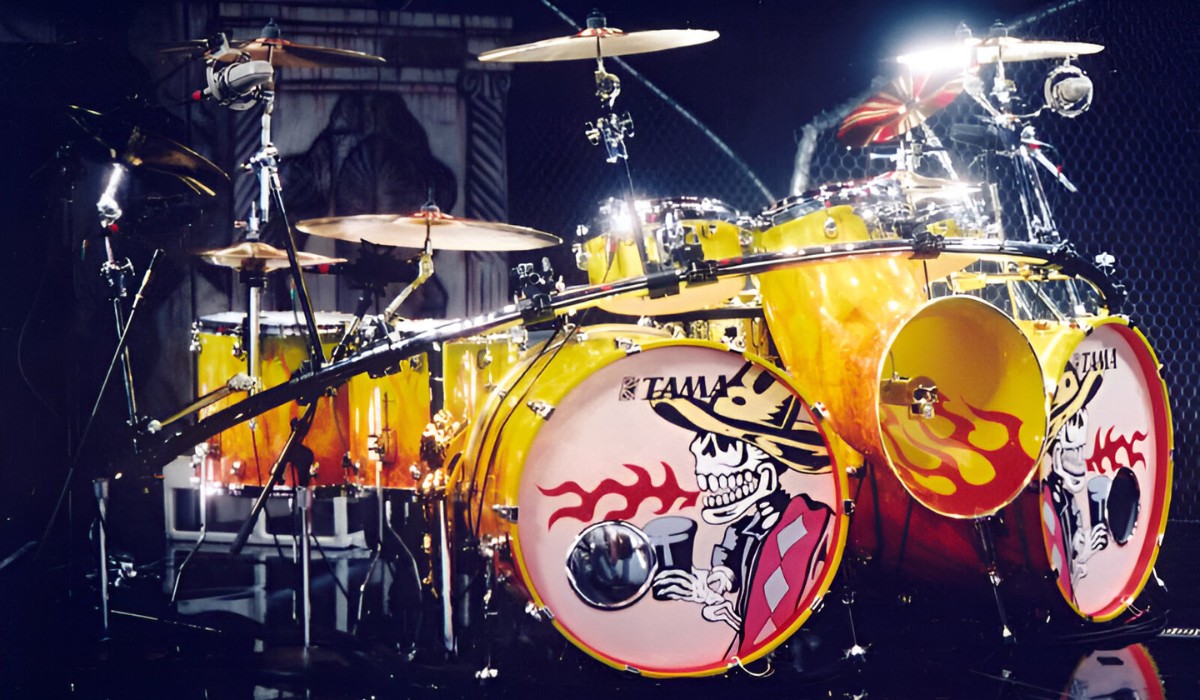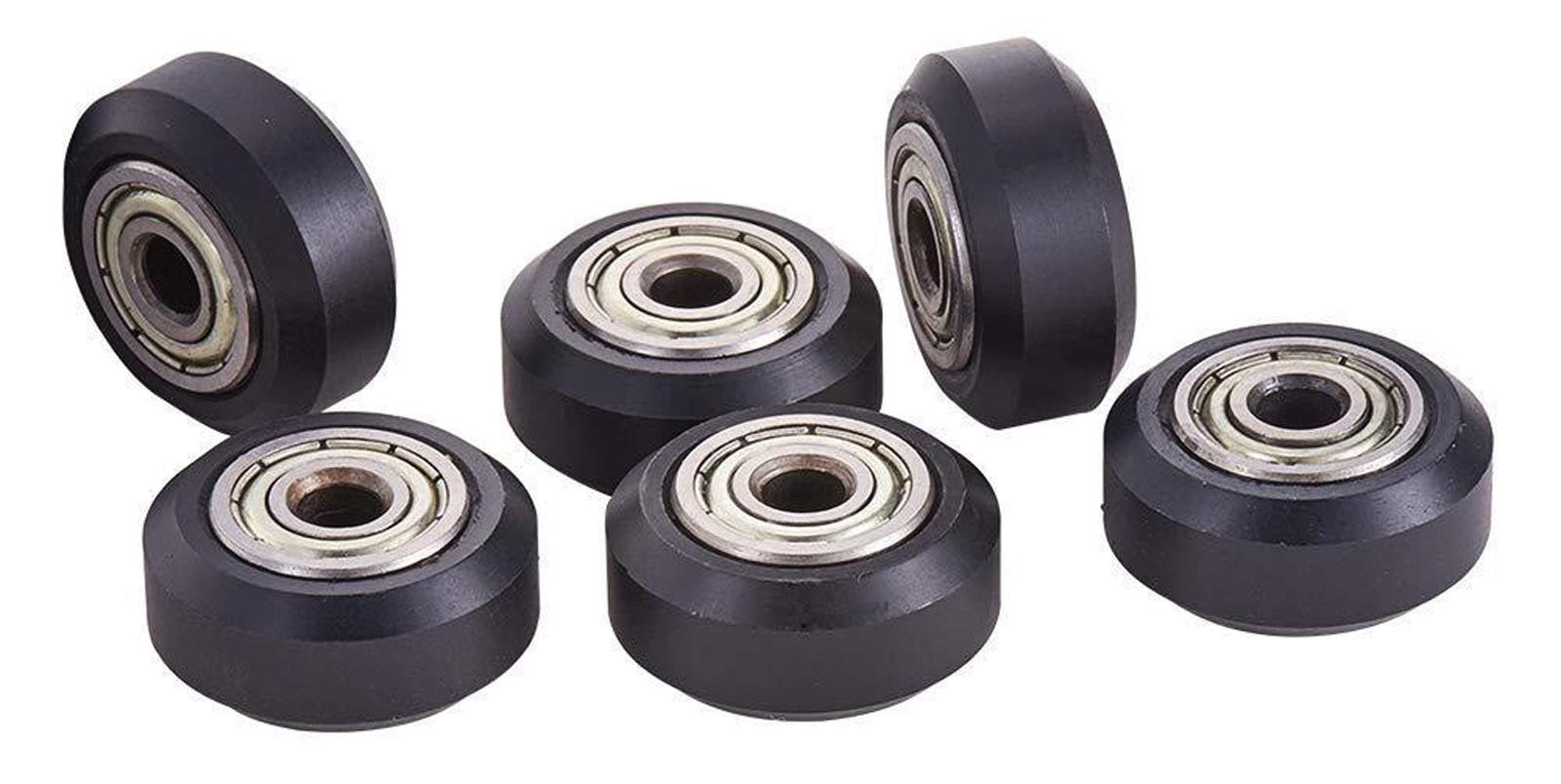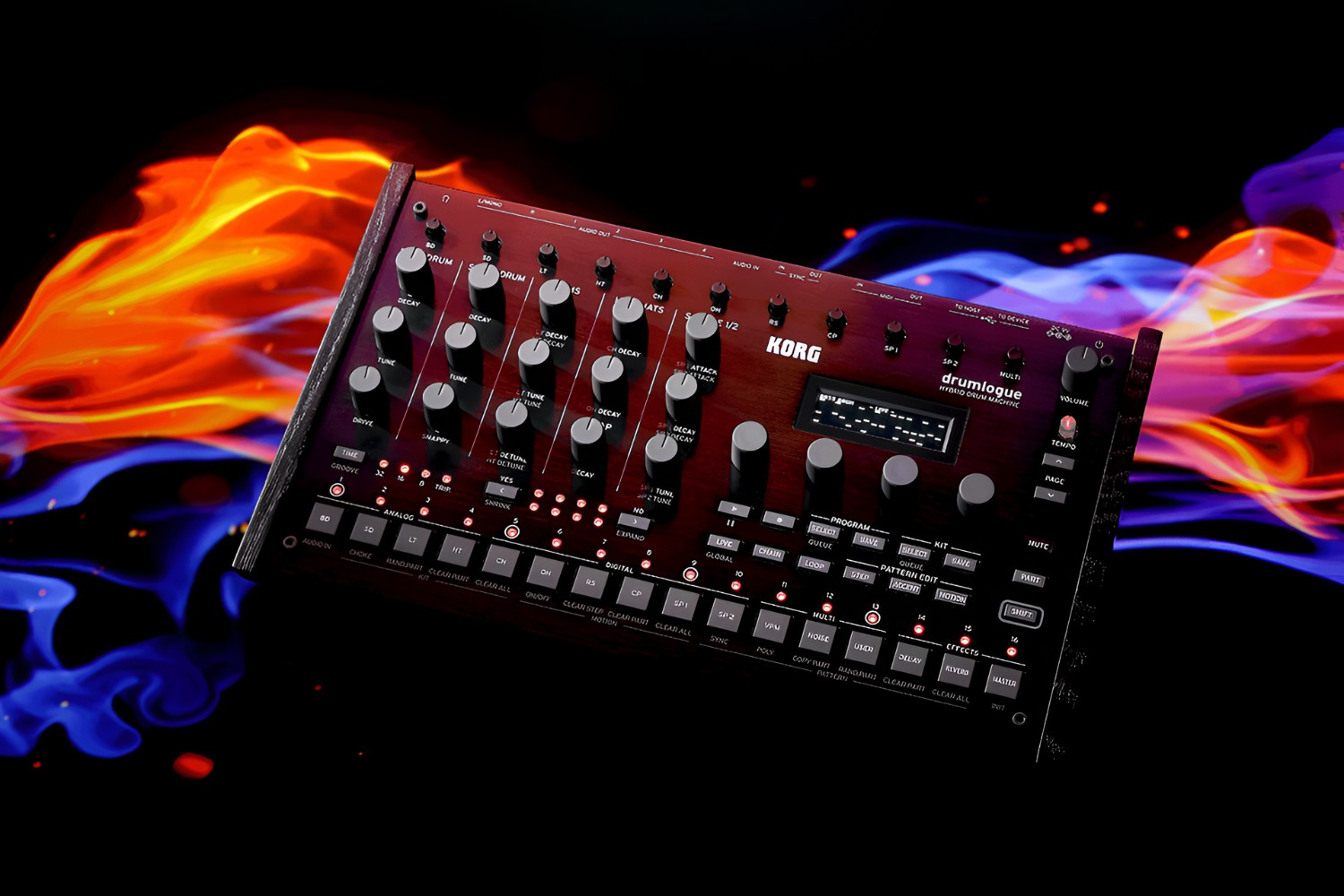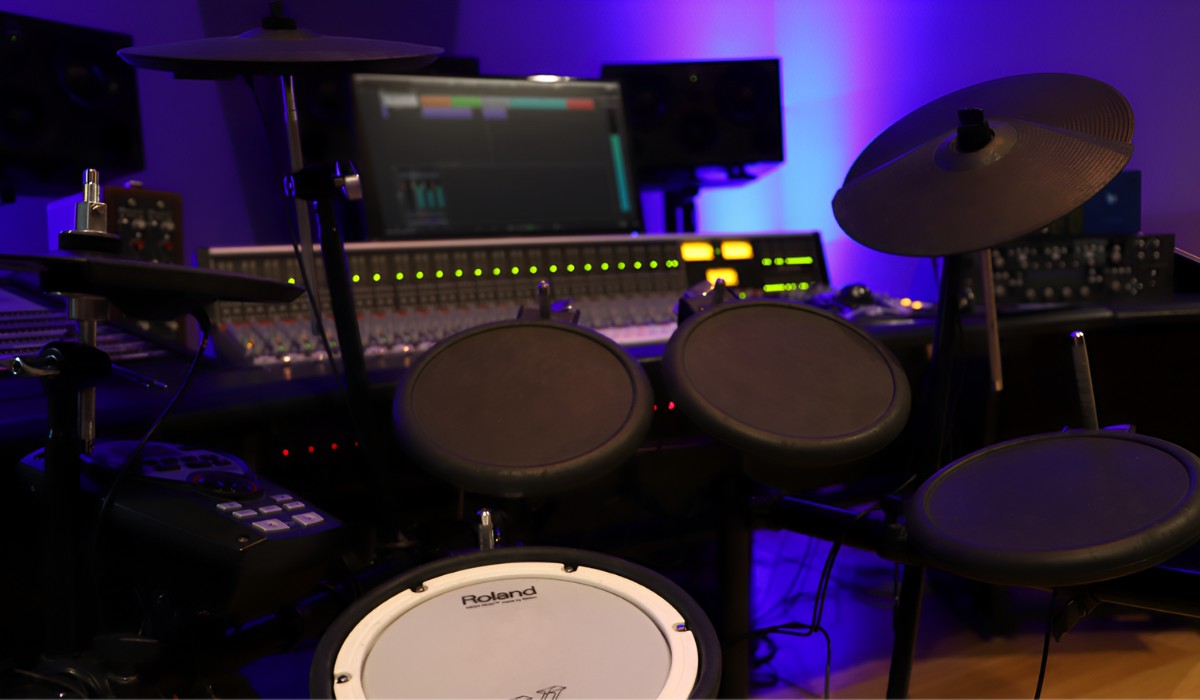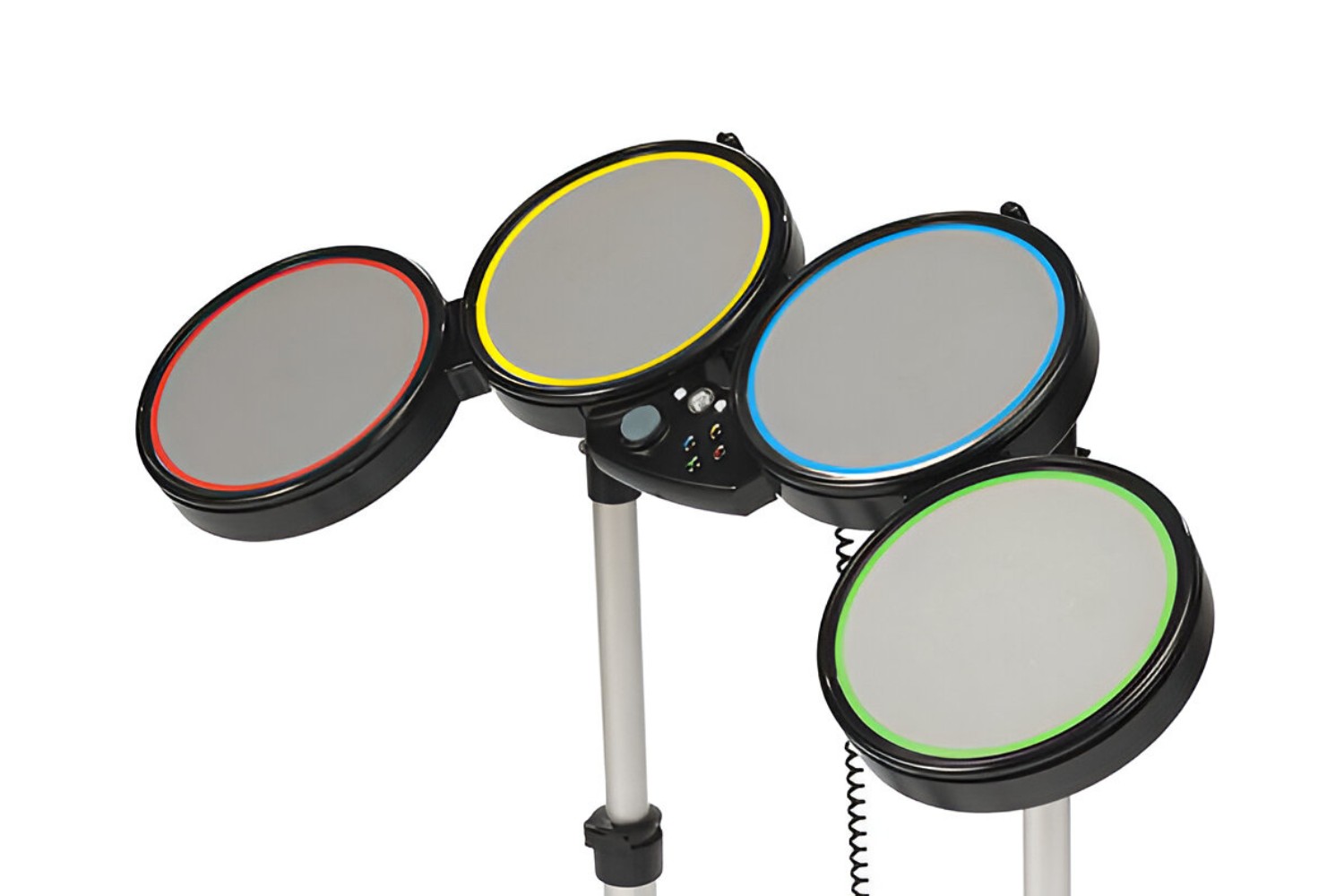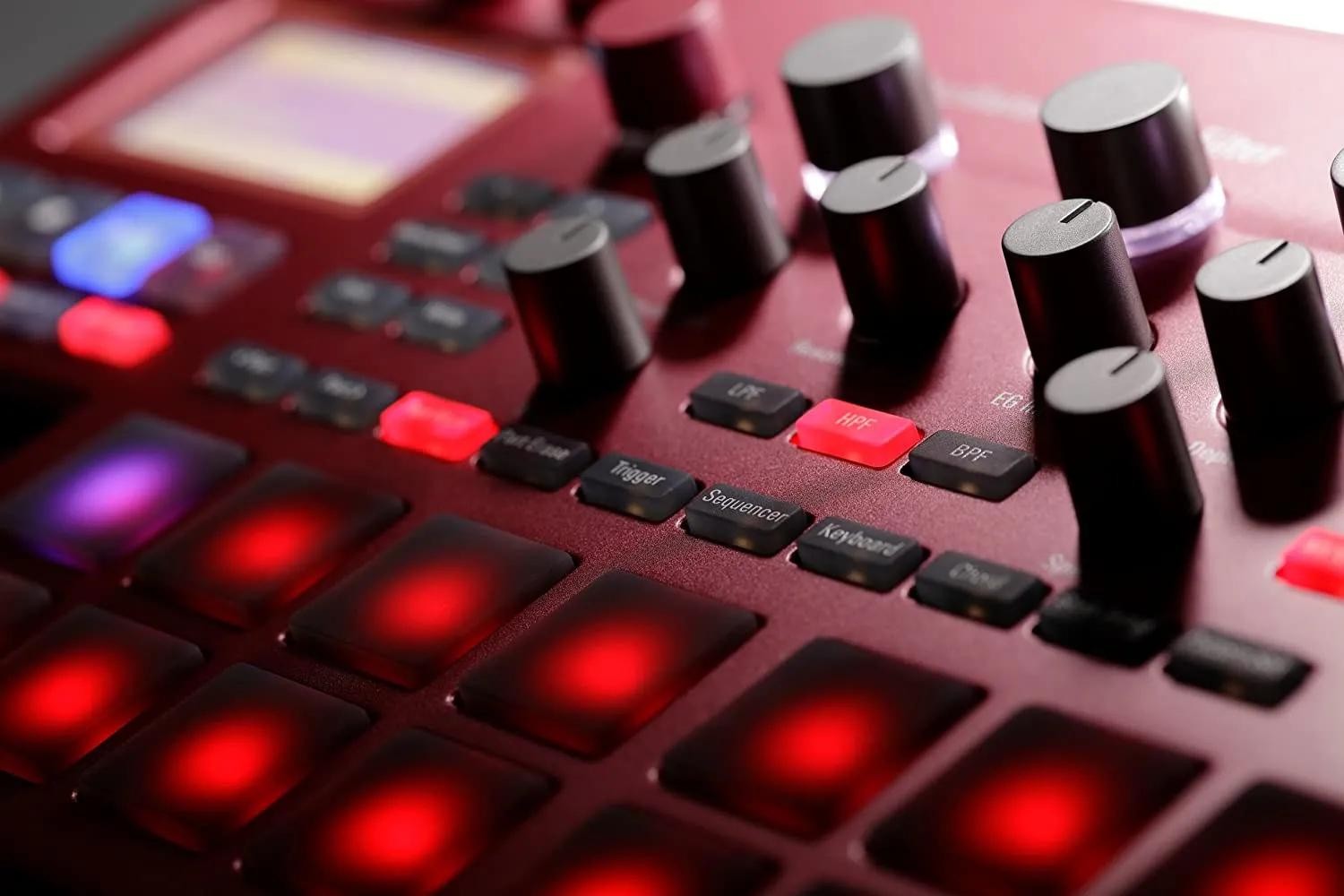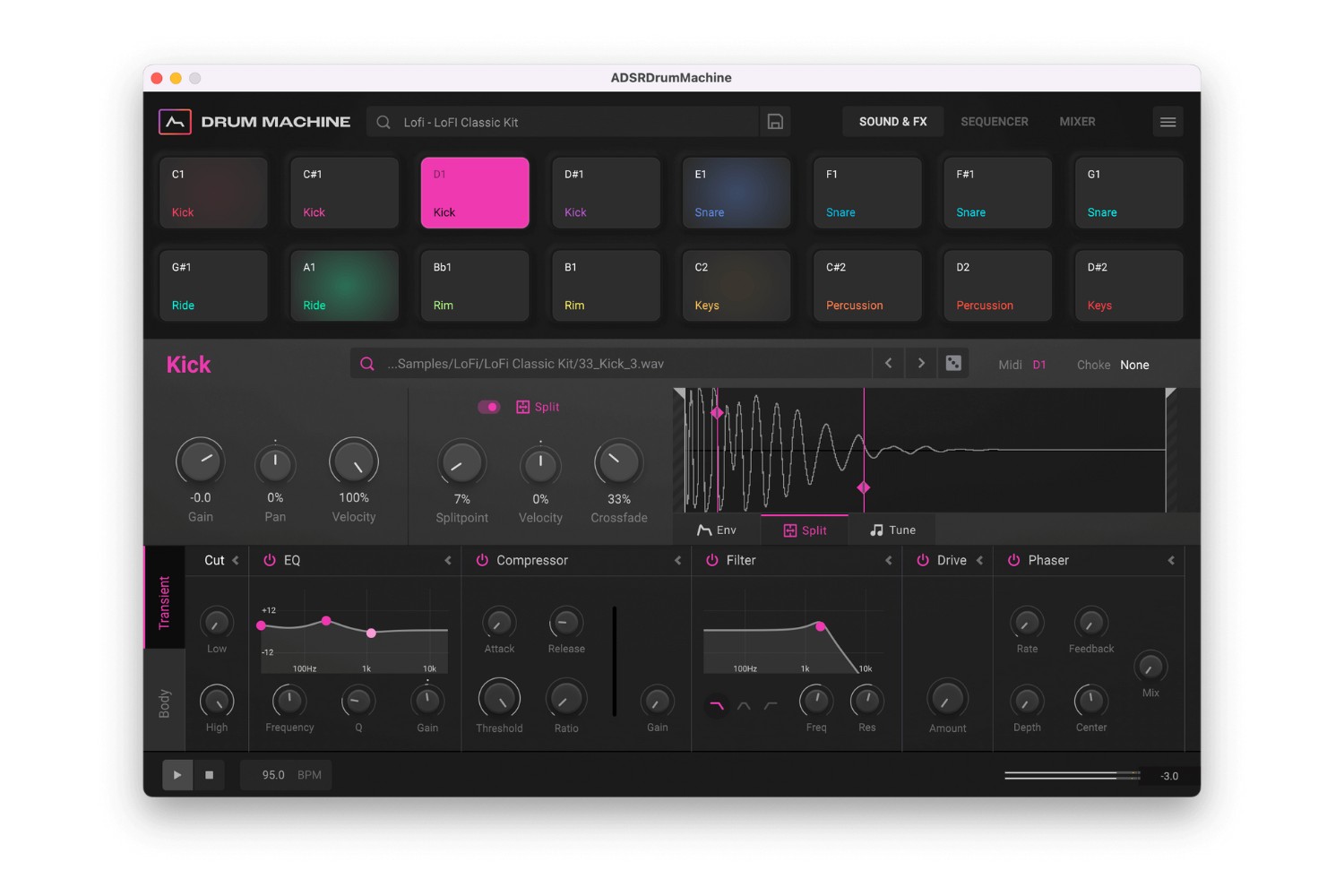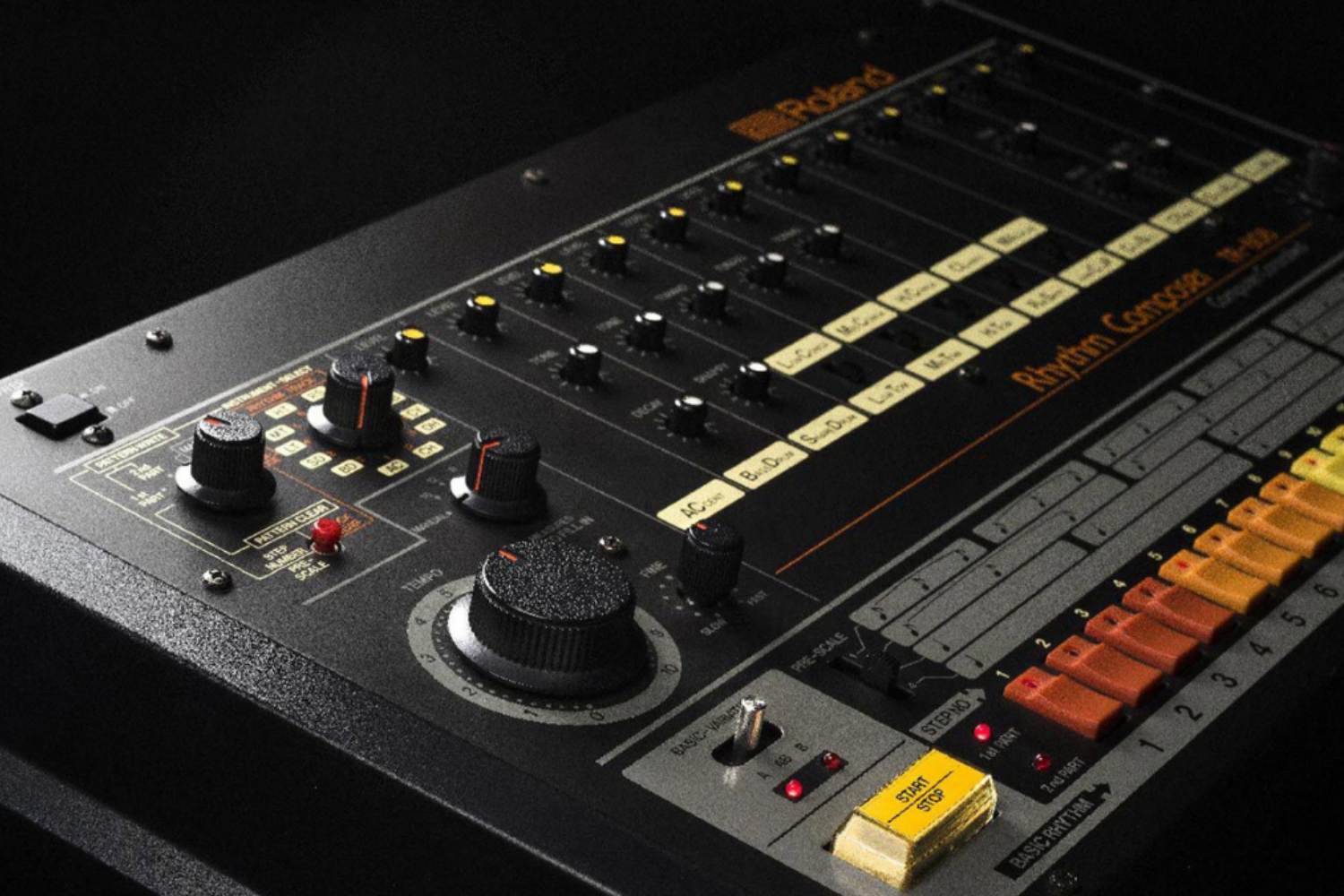Introduction
ZZ Top, the legendary rock band that has been captivating audiences for decades, is known for their distinctive blues-infused rock sound and their signature bearded look. However, one intriguing aspect that has sparked curiosity among fans and music enthusiasts alike is the band's use of a drum machine in their music. This unconventional choice has raised questions and ignited discussions about the impact of technology on the band's evolution and musical style.
The decision to incorporate a drum machine into their music was a departure from the traditional setup of a live drummer, and it marked a significant shift in the band's sonic landscape. This move not only reflected ZZ Top's willingness to embrace technological advancements but also demonstrated their innovative approach to music production.
As we delve into the evolution of ZZ Top's sound and the influence of technology on their music, we will uncover the factors that led to the band's decision to use a drum machine. Furthermore, we will explore the implications of this decision on ZZ Top's music, shedding light on how it shaped their artistic direction and contributed to their enduring legacy in the music industry.
The Evolution of ZZ Top’s Sound
ZZ Top’s musical journey traces back to the late 1960s, characterized by their raw, bluesy sound that resonated with audiences and set the stage for their future success. The band’s early albums, such as “ZZ Top’s First Album” and “Rio Grande Mud,” showcased their gritty, guitar-driven style and laid the foundation for the distinctive sound that would define their career.
As ZZ Top progressed into the 1970s, their music underwent a transformation, incorporating elements of boogie rock and blues rock, which became synonymous with their identity. Albums like “Tres Hombres” and “Fandango!” solidified their reputation as masters of blues-infused rock, earning them a dedicated fan base and critical acclaim.
Throughout the 1980s, ZZ Top experienced a remarkable evolution in their sound, marked by a shift towards a more polished and commercially appealing style. This era saw the band achieve unprecedented success with the release of the album “Eliminator,” which featured a fusion of rock, blues, and electronic elements, catapulting them to international stardom. The incorporation of synthesizers and drum machines in their music during this period reflected ZZ Top’s openness to embracing new sonic possibilities while staying true to their blues roots.
By the 1990s and beyond, ZZ Top continued to refine their sound, blending modern production techniques with their classic blues-rock foundation. The band’s ability to adapt to changing musical landscapes while retaining their signature style showcased their versatility and enduring relevance in the industry.
ZZ Top’s evolution from their early blues rock roots to the incorporation of electronic elements exemplifies their willingness to innovate and push musical boundaries. This trajectory sets the stage for understanding the pivotal role of technology in shaping their sonic landscape and the eventual decision to integrate a drum machine into their music.
The Influence of Technology
Technology has played a profound role in shaping the musical landscape, and ZZ Top’s journey is no exception. The band’s willingness to embrace technological advancements has not only influenced their sound but also demonstrated their adaptability in an ever-evolving industry.
Throughout the 1980s, a period marked by significant advancements in music production technology, ZZ Top found themselves at the forefront of innovation. The emergence of drum machines, synthesizers, and digital recording techniques presented new opportunities for artists to experiment with sound and expand their creative horizons. ZZ Top, known for their forward-thinking approach to music, recognized the potential of these technological tools in enhancing their sonic palette.
By incorporating electronic elements into their music, ZZ Top harnessed the power of technology to infuse their blues-infused rock with a contemporary edge. The utilization of drum machines allowed the band to explore rhythmic possibilities beyond the confines of traditional drumming, enabling them to craft dynamic and sonically rich compositions.
Furthermore, the influence of technology extended beyond the realm of instrumentation, encompassing the production and engineering aspects of their music. The band leveraged state-of-the-art recording equipment and studio techniques to achieve a polished and modern sound, showcasing their adaptability to the evolving technological landscape.
Ultimately, the influence of technology on ZZ Top’s music transcended mere gadgetry; it represented a strategic embrace of innovation and a commitment to pushing artistic boundaries. The integration of electronic elements into their sound not only reflected the band’s willingness to evolve with the times but also solidified their position as pioneers in fusing traditional blues rock with contemporary production techniques.
The Decision to Use a Drum Machine
ZZ Top’s decision to incorporate a drum machine into their music marked a pivotal moment in their artistic journey. This unconventional choice stemmed from a confluence of factors, reflecting the band’s innovative spirit and their willingness to explore new sonic territories.
During the 1980s, a period characterized by the widespread adoption of electronic instruments and production techniques, ZZ Top found themselves at an artistic crossroads. The band, known for their blues-infused rock sound, recognized the potential of drum machines in augmenting their rhythmic framework and infusing their music with a contemporary allure. This realization led to a deliberate and strategic decision to integrate the drum machine as a complementary element to their traditional instrumentation.
Furthermore, the band’s embrace of the drum machine was a testament to their forward-thinking approach to music production. By leveraging this innovative technology, ZZ Top sought to expand their sonic palette and experiment with unconventional rhythmic textures, thereby adding a new dimension to their music. The drum machine offered a level of precision and versatility that complemented their existing musical framework, enabling the band to craft compositions that defied traditional constraints while retaining the essence of their blues-rock roots.
Moreover, the decision to use a drum machine reflected ZZ Top’s adaptability in the face of evolving musical landscapes. As the industry witnessed a shift towards electronic instrumentation and production, the band’s embrace of this trend showcased their willingness to embrace change while staying true to their artistic vision.
In essence, the decision to use a drum machine was a strategic and calculated move that underscored ZZ Top’s commitment to innovation and their desire to push the boundaries of their musical expression. This bold choice not only redefined the band’s sonic identity but also positioned them as trailblazers in seamlessly blending traditional rock elements with cutting-edge technology.
Impact on ZZ Top’s Music
The integration of a drum machine into ZZ Top’s music had a profound impact on the band’s sonic landscape, ushering in a new era of experimentation and artistic exploration. This bold departure from conventional rock instrumentation left an indelible imprint on their music, shaping the band’s sound in significant ways.
One notable impact of incorporating a drum machine was the augmentation of ZZ Top’s rhythmic dynamics. The precision and versatility offered by the drum machine allowed the band to craft intricate rhythmic patterns and explore unconventional grooves that transcended the limitations of traditional drumming. This newfound rhythmic flexibility enriched their compositions, infusing them with a modern sensibility while retaining the raw energy that defined their earlier work.
Furthermore, the use of a drum machine facilitated a seamless integration of electronic elements into ZZ Top’s music, expanding their sonic palette and imbuing their sound with a contemporary edge. This fusion of traditional blues rock with electronic instrumentation resulted in a compelling juxtaposition, creating a sonic tapestry that appealed to a diverse audience while retaining the band’s unmistakable identity.
Additionally, the incorporation of the drum machine catalyzed a creative renaissance within the band, inspiring them to explore uncharted musical territories and push the boundaries of their artistic expression. This newfound experimentation manifested in their compositions, as they ventured into uncharted sonic territories, resulting in a body of work that reflected their willingness to evolve and adapt to the evolving musical landscape.
Moreover, the impact of the drum machine on ZZ Top’s music extended beyond mere sonic experimentation; it represented a paradigm shift in the band’s approach to music production. The utilization of electronic instrumentation and modern production techniques positioned ZZ Top at the vanguard of innovation, showcasing their ability to seamlessly blend tradition with innovation while staying true to their blues rock roots.
In essence, the impact of the drum machine on ZZ Top’s music was transformative, ushering in a new chapter in their artistic evolution and solidifying their status as trailblazers in the realm of rock music. This bold foray into uncharted sonic territory not only redefined their sound but also cemented their legacy as pioneers of genre-defying musical innovation.
Conclusion
ZZ Top’s embrace of a drum machine represents a pivotal chapter in the band’s storied career, underscoring their willingness to innovate and adapt to the evolving musical landscape. The decision to incorporate electronic elements into their music not only reshaped their sonic identity but also positioned them as trailblazers in fusing traditional blues rock with cutting-edge technology.
Throughout their journey, ZZ Top’s evolution from their blues rock roots to the integration of electronic instrumentation exemplifies their commitment to pushing artistic boundaries and exploring new sonic frontiers. The impact of the drum machine on their music transcended mere experimentation, signaling a creative renaissance that inspired the band to delve into uncharted territories and redefine their sound.
Moreover, the influence of technology on ZZ Top’s music reflects their adaptability and forward-thinking approach to music production. By harnessing the power of innovative tools and techniques, the band demonstrated a willingness to embrace change while staying true to their artistic vision, solidifying their position as pioneers in the realm of rock music.
Ultimately, the integration of a drum machine into ZZ Top’s music left an indelible imprint on their sonic landscape, ushering in a new era of experimentation and artistic exploration. This bold venture into uncharted sonic territory not only redefined their sound but also showcased their enduring relevance and innovative spirit in an ever-evolving industry.
As ZZ Top continues to captivate audiences with their timeless music, their embrace of the drum machine stands as a testament to their enduring legacy and their unwavering commitment to pushing the boundaries of musical expression. It is a testament to their willingness to evolve, innovate, and leave an indelible mark on the annals of rock music history.







